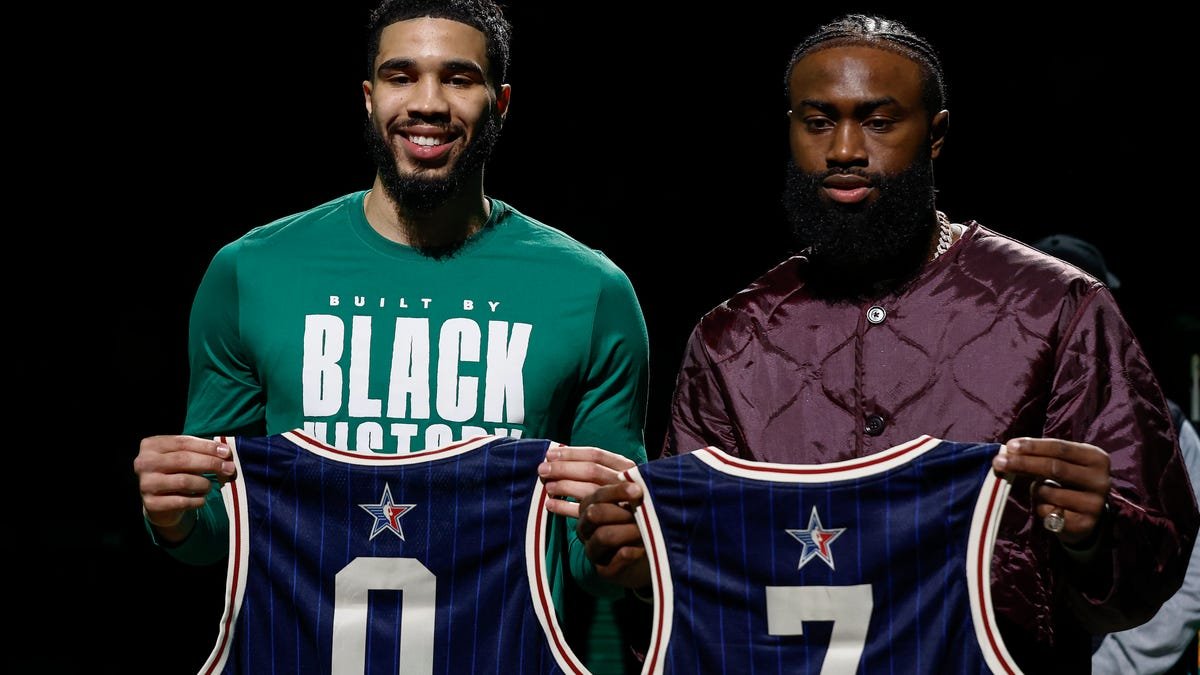One year ago, Deion Sanders made headlines when he left his position as head coach of Jackson State University’s football team. His departure brought a surge of attention to HBCU (Historically Black Colleges and Universities) football that hadn’t been seen in decades. While Sanders’ move to Colorado has been successful, it hasn’t opened the door for other HBCU coaches to receive similar opportunities.
The last time a head coach was plucked from the HBCU ranks was in 2016 when Jay Hopson was hired by Southern Miss, making him the first white head coach in the history of the SWAC (Southwestern Athletic Conference). Before Hopson, the only other example of a PWI (Predominantly White Institution) D-I program hiring an HBCU coach was in 1979 when Willie Jeffries was hired by Wichita State.
Despite the success and proven track records of many HBCU coaches, they are often overlooked during the coaching carousel season. Coaches from FCS, Division II, and even Division III programs have successfully made the jump to FBS (Football Bowl Subdivision) level. Brian Kelly, Lance Leipold, and Willie Fritz are just a few examples of coaches who have risen through the ranks and found success at higher levels of football.
John Grant, the executive director of the Celebration Bowl, praised Sanders for his move to Colorado but expressed disappointment in the lack of opportunities for other HBCU coaches. He noted that it is rare for an HBCU head coach to move up to FBS Division I as a head coach.
One example of a deserving HBCU coach is Willie Simmons of FAMU (Florida Agricultural and Mechanical University). Simmons has an impressive record and has led FAMU to postseason success. However, he has yet to receive serious consideration for a higher-level coaching position.
The neglect of HBCU coaches is not a new phenomenon. It has persisted for decades, with few exceptions. Even when HBCU coaches are considered for higher-level positions, they are often passed over in favor of less-experienced candidates or retreads.
The most realistic path for HBCU coaches seems to be the circuitous one taken by Brennan Marion, who went from being an offensive genius at Howard University to a position coach at a Power 5 conference school. Even Marion had to accept a demotion before he could finally call plays again.
On the Division II level, Chennis Berry of Benedict College has successfully rebuilt the program and achieved remarkable success. Despite his accomplishments, the path to higher-level coaching positions remains hypothetical for Black HBCU coaches.
In conclusion, while Deion Sanders’ move to Colorado brought attention to HBCU football, it hasn’t resulted in more opportunities for other deserving HBCU coaches. The coaching carousel continues to overlook talented coaches from HBCUs, leaving them invisible in the football world. The lack of progress in this area highlights the need for more diversity and equal opportunities in coaching at all levels of the sport.





